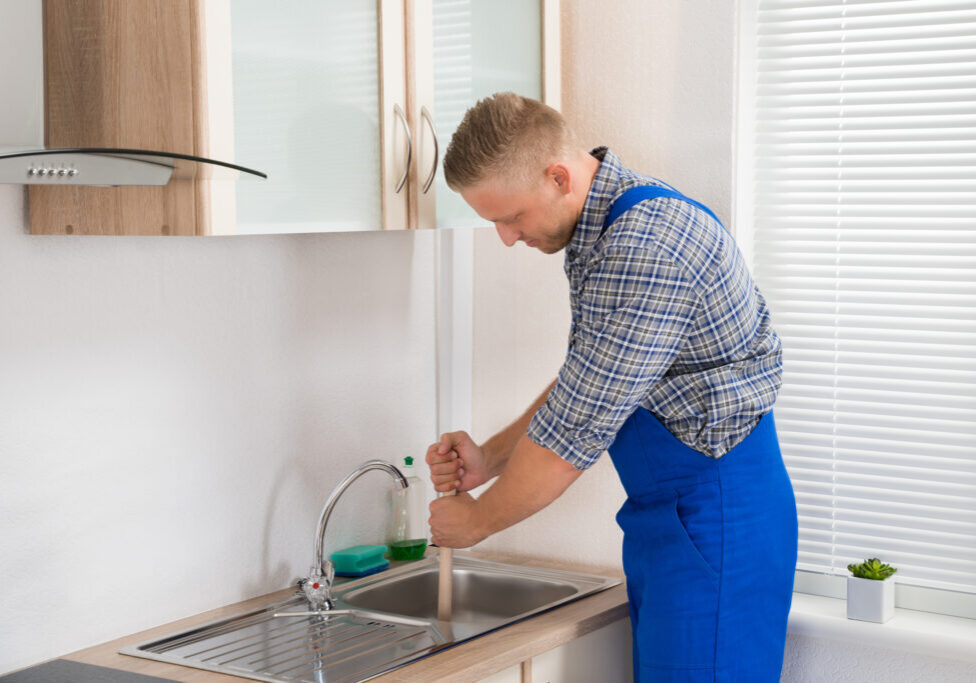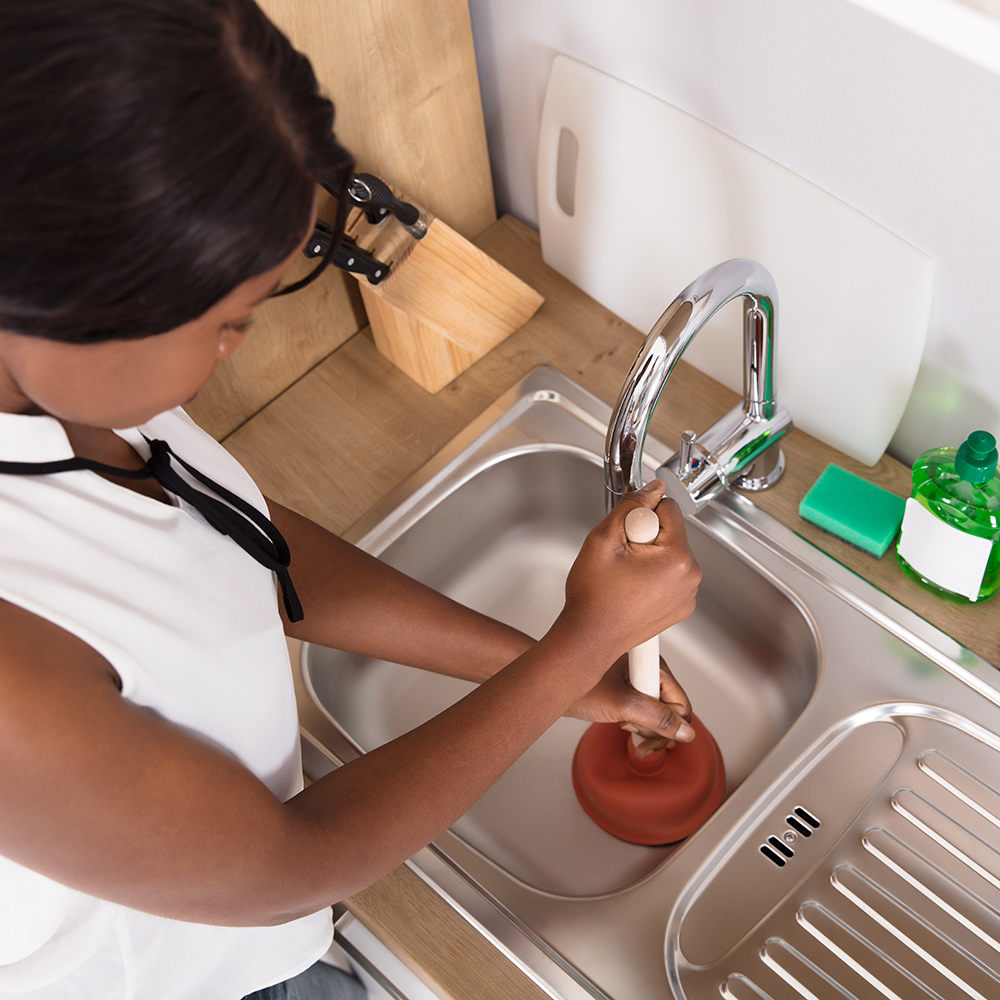Efficient Plunger and Drain Cleaners Use: Essential Tips
Efficient Plunger and Drain Cleaners Use: Essential Tips
Blog Article
Every person has their own perception about A Guide to Plungers (and How to Use Them).

Intro
Proper maintenance of house drains is necessary for avoiding blockages and ensuring smooth water flow. One of the trick devices in every property owner's toolkit is the plunger, along with numerous drain cleaners developed to deal with persistent obstructions efficiently. This article checks out how to use bettors and drainpipe cleaners successfully to maintain your drains pipes moving openly.
Area 1: Comprehending Bettors
Types of Plungers
There are several sorts of plungers offered, each developed for different sorts of drains and clogs. One of the most typical kinds consist of mug bettors, flange bettors, and accordion plungers.
Exactly How Plungers Job
Bettors deal with the concept of creating pressure and suction to remove obstructions. When correctly applied over a drainpipe, they develop a vacuum that can take out particles or separate obstructions.
Selecting the Right Plunger
Choosing the right bettor depends upon the sort of drain and the nature of the blockage. Cup bettors are excellent for sinks and tubs, while flange bettors are much better matched for toilets as a result of their design.
Typical Errors with Bettors
Avoiding these mistakes makes sure reliable plunging: inappropriate seal around the drainpipe, not enough pressure, and unclear bordering particles.
Section 2: Using Plungers Efficiently
Preparation
Before diving, guarantee the plunger covers the drain entirely and develops a tight seal. Clear any kind of noticeable debris around the drain opening.
Method
Beginning with gentle diving movements to build suction. Rise pressure slowly, making use of a consistent rhythm. Repeat as essential till the drainpipe gets rid of.
Fixing Tips
If plunging does not work, attempt adjusting the seal, using petroleum jelly for a much better seal, or using a various type of plunger.
Area 3: Understanding Drainpipe Cleaners
Kinds Of Drainpipe Cleaning Company
Drain cleansers can be chemical or chemical. Chemical cleaners use strong chemicals to liquify obstructions, while enzymatic cleaners use natural enzymes to break down raw material.
Just How Drainpipe Cleaning Company Job
Chemical cleaners react with clogs to dissolve them, while enzymatic cleaners break down organic materials like hair and grease without hurting pipes.
Safety Considerations
Constantly wear gloves and eye security when using chemical drain cleansers. Make certain appropriate air flow and follow maker instructions thoroughly.
Eco-Friendly Alternatives
Take into consideration using vinegar and baking soft drink or enzyme-based cleaners for environment-friendly choices that are much safer for pipelines and the setting.
Area 4: Using Drainpipe Cleaning Company Properly
Application Methods
Put chemical cleaners directly into the drain opening. Enable them to benefit the suggested time before purging with warm water. Chemical cleaners must sit overnight.
Preventative measures
Avoid mixing various sorts of cleansers, as this can create poisonous fumes. Never ever use chemical cleaners together with a bettor, as spilling can take place.
Handling Stubborn Clogs
For persistent clogs, consider using a pipes serpent or calling a specialist plumbing professional to stop damages to pipelines.
Final thought
In conclusion, understanding just how to make use of plungers and drain cleansers successfully is crucial for preserving healthy plumbing systems. By selecting the right devices and techniques, property owners can take on minor clogs and stop significant pipes concerns down the line.
How To Properly Use A Plumbing Snake To Clear Drains
When any drain clogs in our home arise, we tend to gravitate toward the plunger and little else. In cases where the plunger and its vacuum-created pressure are not able to clear clogs, many immediately move to harmful chemicals or simply call their plumber to fix the issue.
we’re happy to help with all drain cleaning needs and concerns. This includes informing you on a few other home remedies you may have at your disposal for minor to moderate clogs, one of which is the use of a plumbing snake. Many people have never used one of these before – let’s go over the steps to take when your drain clogs and you have a plumbing snake available.
Attempt Plunger Use
The first step here, as we noted above, should indeed be to grab your plunger when you notice a drain clog and attempt to resolve it this way. If you’re unsure how to use a particular type of plunger, our plumbers can answer any questions you have. If this doesn’t do the trick, however, you move on to the snake.
Locate And Prepare Snake
A plumbing snake is a metal or plastic device that’s generally about a quarter of an inch thick. It’s design with significant extensions, meant to reach down into your clogged drain and push the clog out. Snakes also contain drain augers that will latch onto and push stubborn blockages.
If your plunger doesn’t clear a clog, locate your snake and bring it to the drain in question. We also recommend keeping a bucket nearby to collect the clog once you pull it out, plus we’d advise wearing goggles and possibly protective gloves.
Feed Snake
Once you’re ready to go, feed the snake slowly down the drain, using the crank device it comes with to keep it moving until it finds the clog. Once this happens, much of the clog will be latched onto the coil so you can pull it out, while the rest will simply break up and flow downward.
Detach Debris
Remove the snake slowly from the drain, and once you’ve done so, pick off any debris that’s stuck to the coil. This is another area where wearing gloves is a must.
Flush Drain
Finally, take a few minutes to ensure the snake has done its job correctly. If you’ve been using it on a toilet, flush the toilet a couple times and make sure everything flows well. If you’ve used it on a different drain, flush it with some room temperature water.
https://www.mybuddytheplumber.com/blog/how-to-properly-use-a-plumbing-snake-to-clear-drains/

Application Methods
Put chemical cleaners directly into the drain opening. Enable them to benefit the suggested time before purging with warm water. Chemical cleaners must sit overnight.
Preventative measures
Avoid mixing various sorts of cleansers, as this can create poisonous fumes. Never ever use chemical cleaners together with a bettor, as spilling can take place.
Handling Stubborn Clogs
For persistent clogs, consider using a pipes serpent or calling a specialist plumbing professional to stop damages to pipelines.
Final thought
In conclusion, understanding just how to make use of plungers and drain cleansers successfully is crucial for preserving healthy plumbing systems. By selecting the right devices and techniques, property owners can take on minor clogs and stop significant pipes concerns down the line.
How To Properly Use A Plumbing Snake To Clear Drains
When any drain clogs in our home arise, we tend to gravitate toward the plunger and little else. In cases where the plunger and its vacuum-created pressure are not able to clear clogs, many immediately move to harmful chemicals or simply call their plumber to fix the issue.
we’re happy to help with all drain cleaning needs and concerns. This includes informing you on a few other home remedies you may have at your disposal for minor to moderate clogs, one of which is the use of a plumbing snake. Many people have never used one of these before – let’s go over the steps to take when your drain clogs and you have a plumbing snake available.
Attempt Plunger Use
The first step here, as we noted above, should indeed be to grab your plunger when you notice a drain clog and attempt to resolve it this way. If you’re unsure how to use a particular type of plunger, our plumbers can answer any questions you have. If this doesn’t do the trick, however, you move on to the snake.
Locate And Prepare Snake
A plumbing snake is a metal or plastic device that’s generally about a quarter of an inch thick. It’s design with significant extensions, meant to reach down into your clogged drain and push the clog out. Snakes also contain drain augers that will latch onto and push stubborn blockages.
If your plunger doesn’t clear a clog, locate your snake and bring it to the drain in question. We also recommend keeping a bucket nearby to collect the clog once you pull it out, plus we’d advise wearing goggles and possibly protective gloves.
Feed Snake
Once you’re ready to go, feed the snake slowly down the drain, using the crank device it comes with to keep it moving until it finds the clog. Once this happens, much of the clog will be latched onto the coil so you can pull it out, while the rest will simply break up and flow downward.
Detach Debris
Remove the snake slowly from the drain, and once you’ve done so, pick off any debris that’s stuck to the coil. This is another area where wearing gloves is a must.
Flush Drain
Finally, take a few minutes to ensure the snake has done its job correctly. If you’ve been using it on a toilet, flush the toilet a couple times and make sure everything flows well. If you’ve used it on a different drain, flush it with some room temperature water.
https://www.mybuddytheplumber.com/blog/how-to-properly-use-a-plumbing-snake-to-clear-drains/

I am very fascinated with How to Unclog Your Sink with a Plunger and I'm hoping you enjoyed the entire blog post. Sharing is good. You won't know, you will be doing someone a favor. Kudos for your time. Please check up our blog back soon.
Contact Report this page